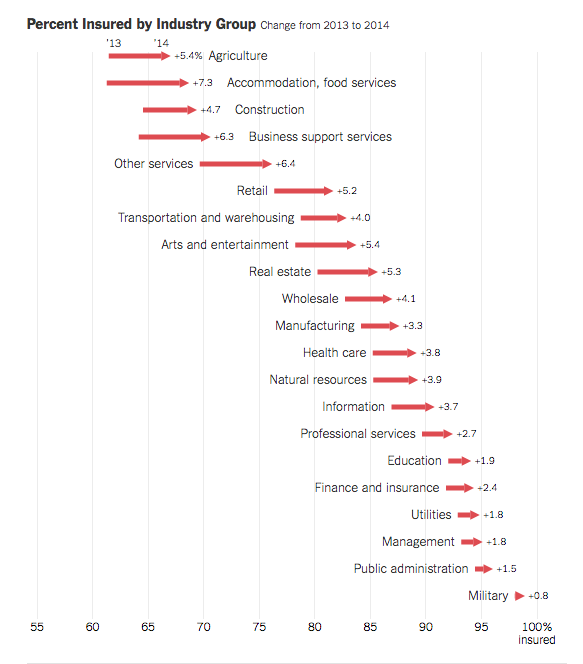BY that I do NOT mean sales people are NOT professional – rather the role is not really considered so by many. Just think of the titles sales people go by: Marketing representative. Account executive. Business development manager.
Ever notice how people who are supposed to be selling stuff aren’t labeled as sales people? Yet “nothing happens until a sale is made” and no company exists without customers.
There are far more “chief marketing officers” than “chief sales officers”, and – with some notable exceptions – the prestige is in the marketing title.
It isn’t just the titles on business cards, although that’s a symptom of the larger problem. It’s the lack of training provided by many companies, the failure to adequately vet and hire due to a lack of understanding of what works and what doesn’t in “sales”. You can see the impact of this in the relatively high turnover among sales departments.
All of the really good sales people I know are true professionals. They do their homework, are persistent, listen a lot, ask a lot of questions, prepare carefully and thoroughly, and don’t waste time on likely-futile lunches and golf games. There’s a mistaken impression among many that this is “natural”, that these women and men just “get sales.”
Not true. In fact, these “pros” are likely the ones fortunate enough to start their careers at companies that invested in sales training; had mentors who helped them grow and mature, worked for managers that supported them and helped them learn from their mistakes. These managers understand the sales process, and how it works both internally and externally. Did they learn this in business school? Highly unlikely.
Sales’ task is to find out what customers’ pain points were and figure out if and how their company’s offerings will alleviate that pain. It is NOT convincing a prospect to use your stuff, but rather to know prospects so well that you can identify the ones most likely to buy your stuff. There’s a VERY big difference.
In the work comp world, we all know sales people who are constantly on the move. Many are pure relationships sales people; they sell to their friends, and when they run out of friends to sell their current stuff to, they move on. In contrast there are a relative few who are true professionals, able to mix the relationship with the consultative, skilled at leveraging their personal reputation to gain entre to a prospect where they work very hard to determine if there’s a fit.
As I look at the work comp services industry, not much has changed over the last couple of decades. At many companies there’s a lack of appreciation for and of sales. That’s not to say senior management doesn’t want great sales people, they just don’t understand what makes one a great sales person, and what management needs to do to help sales continue to deliver. There’s usually a distinct lack of training as well, little effective mentoring, and lots of internal conflict between operations and sales – a clear indication that not enough has been done to ensure sales and operations work together effectively.
What does this mean for you?
With the ever-changing landscape in work comp – mergers, acquisitions, vertical consolidation and internalization of services by many TPAs, retirement of many senior execs in “buying” roles, the growing role of the Procurement departments at carriers such as the Hartford and Liberty Mutual, it is becoming increasingly clear that work comp service entities will have to invest in their sales departments and staff if they are to succeed.


